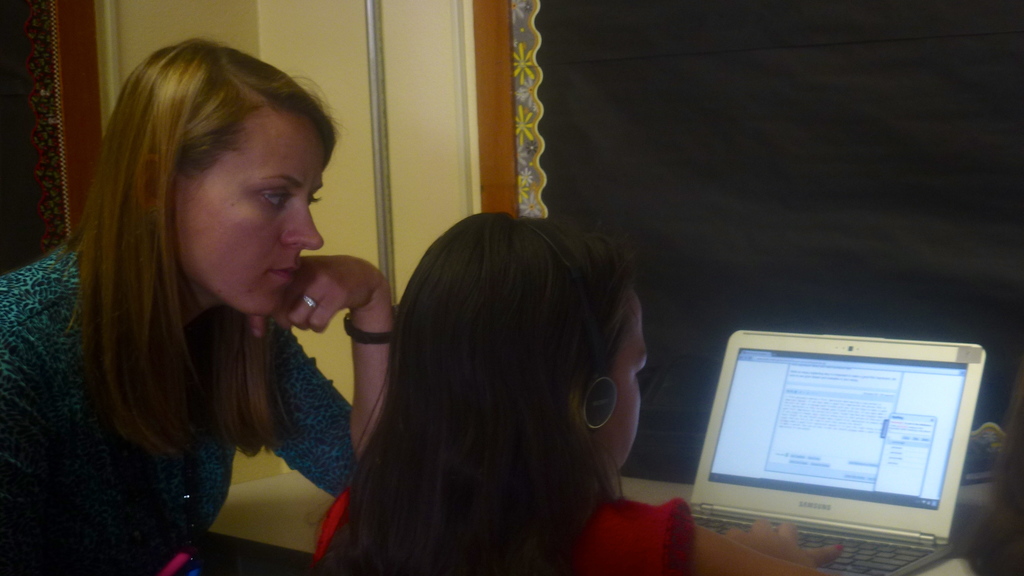It’s time for Round Two.
Schools across Idaho can apply, starting today, for a share of $3 million in technology pilot grant money.

The pilot grants will allow a finite number of schools to set up programs that provide their students a laptop, iPad or Chromebook. But there are limitations.
“This is not a statewide solution,” said outgoing state superintendent Tom Luna, whose office will oversee the second round of grant awards. “We have to quickly identify a statewide solution.”
But first things first. Schools must apply by June 11 for a share of this year’s grants; any school can apply, except for the 11 schools that received grants last summer. Like last year, the grants will be awarded on July 1 — giving the schools a few weeks to buy hardware and software and prepare faculty for the pilot programs.
With the declining costs of hardware — and the growing prevalence of free, online “open source” textbooks — it’s possible that the state will be able to stretch the $3 million and award grants to a few more schools. But that isn’t guaranteed, said Luna; a judging committee will pick the best applicants, and figure out what fits within the $3 million umbrella.
One thing appears almost guaranteed: The competition for the money figures to be intense. A year ago, 81 schools submitted $19.5 million worth of applications.
Luna says he has been “amazed” by what he has seen at the 11 pilot schools — by the student engagement, and students’ sustained interest in their new learning environment. At McCall-Donnelly High School, for instance, students were instrumental in writing the grant application that has provided every student and iPads, and these student leaders remain engaged in training their classmates and even faculty members.
This time around, State Department of Education officials say they’re hoping to see a new round of ideas. They say they aren’t looking for innovation for innovation’s sake, but new applications to a changing high-tech landscape.
One possible focus could be on building teacher teams and student-directed learning, said Alex Macdonald, the department’s instructional technology director.
Another potential area of innovation is in the use of open source textbooks, which allow schools to select and edit reading materials that meet their specific curriculum needs. Open-source isn’t just a money-saver, said Luna; it’s a “disruptive” innovation that will change classrooms.
At $3 million, the pilot grants represent only a fraction of the money Idaho will need to put into classroom technology, Luna said Tuesday. Providing every student with a computing device could cost a little bit more than $50 million — a $200- to $250-per-student investment, not counting the cost of providing WiFi and broadband in the schools.
While Luna would like to see the process move more quickly, he says the pilots help show how technology can change Idaho classrooms.
“We’ll just demonstrate it again,” he said.
Here are in-depth stories on this year’s 11 technology pilot schools:
- A schoolwide Chromebooks project at Kuna Middle School.
- A career-oriented laptop pilot at Middleton High School.
- An attempt to reverse achievement gaps at Parma Middle School.
- A writing emphasis at Weiser’s Park Intermediate School.
- A collaborative learning effort at Meridian’s Discovery Elementary School.
- A student-led iPad rollout at McCall-Donnelly High School.
- An effort to bridge geographic gaps at the Idaho Distance Education Academy.
- A Proposition 3 lookalike at Sugar Salem High School.
- Teachers and students team up to rollout iPads at Dayton’s Beutler Middle School.
- A big-screen vision at Moscow Middle School.
- A K-12 approach at Meridian’s Compass Public Charter School.
